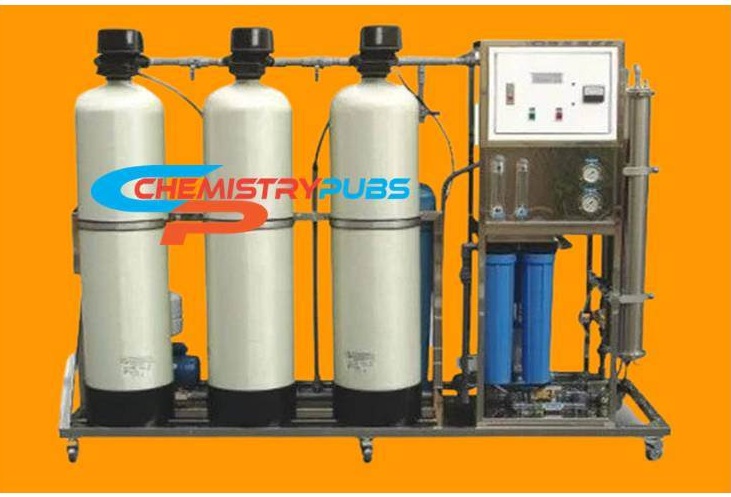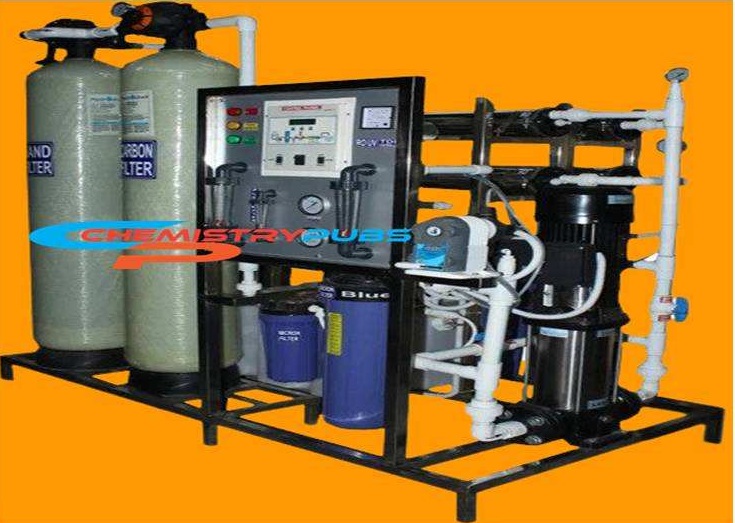ETP or Effluent Treatment Plant is a very important part of the industry that is used to purify wastewater for reuse or safe disposal of our environment and protect us from various harmful effects caused by the effluent. A large amount of effluent is generated regularly in various industries like textile, pharmaceuticals and chemicals, tanneries, etc. It should not release contaminated water without treatment as it contains various toxic and non-toxic chemicals. If we release contaminated water into the environment, it will have a bad effect on our ecosystem.
The effluents from industrial sectors contain various harmful materials, depending on the type of industry. Some effluents contain toxic chemicals such as cyanide and some contain grease, oils, etc. The effluents from beverage and food factories release various harmful degradable organic pollutants. To protect the biological cycle of our plant from various diversity of impurities, it is mandatory to use ETP technology.
This technology is used for the removal of large extant of higher amounts of organic compounds, debris, dirt, grit, pollution, toxic, non-toxic materials, polymers, etc. from industrial harmful effluent.
The ETP Plant performs at various levels and is associated with various physical, chemical, biological, and membrane processes to treat the wastewater from different types of industrial sectors like chemicals, drugs, refineries, pharmaceutical, dairy, ready mix plants & textile, etc.

Benefits of ETP:
1. We can clean our industrial effluent and recycle it for further use.
2. We can reduce the usage of fresh water in our industrial sectors.
3. We can protect the natural environment against pollution.
4. We can meet the standards for the emission of pollutants set by the Government
5. We can reduce expenditure on water acquisition to protect the water cycle.
ETP Design
The size and design of the ETP depend upon:
- The quality and quantity of the industry’s discharge effluent.
- The availability of Land area.
- Monetary considerations facilities for construction, operation & maintenance programs.
- Types of industrial effluent treatment.
Treatment Levels of ETP
- Preliminary
- Primary
- Secondary
- Tertiary (or advanced)
Treatment mechanisms:
- Physical
- Chemical
- Biological
Industrial ETP Process:
The effluent treatment process purifies the wastewater through several processes before effluent goes into the environment. This effluent treatment process includes the several following stages:
Preliminary Treatment: Its aim is to separate the large-size harmful contaminants from effluent. For example paper, cloth, wood, plastics, etc. This process includes the following stages:
Screening: This operation is the first step that occurs in wastewater treatment plants. It includes a screen device with uniform openings which helps to remove large floating solids.
Sedimentation: This process uses gravity to remove various suspended solids from wastewater.
Grit Chamber: The dense inorganic solids such as gravel, metal fragments, and sand can be removed from wastewater by passing it through this chamber. The removal of these segments helps to prevent pump damage and various operational difficulties.
Clarifiers: This helps continuously to remove solids being deposited by sedimentation before biological treatment.
b. Primary Treatment: It helps to remove settleable and floating materials such as organic matter and suspended solids. Chemical and physical methods are used for this treatment process. It includes various important following steps:
Flocculation: This physical process includes the addition of various destabilized particles together into large aggregates so that they can be easily removed from the wastewater.
Coagulation: This process includes the addition of various coagulants for the purpose of rapid settlement of minute solid particles in a liquid into a larger mass.
Neutralization: This process helps to maintain the pH range of 6-9 to meet the requirements of different processing units in this system.
Primary Clarifiers: These clarifiers are used to reduce the velocity of wastewater to a point where various organic solids impurities will settle to the bottom of the tank. It also contains equipment that is used to remove greases and floating solids impurities from the surface of wastewater.
C. Secondary or Biological Treatment: The main purpose of this treatment is to remove the suspended solids and residual organics from the wastewater. The chemical and biological processes are involved in this process. This process has some stages which can be described below:
Activated Sludge Process: This process helps to treat the wastewater by using air and a biological flock composed of bacteria.
Aerated Lagoons: It is a treatment pond that includes artificial aeration to promote the biological oxidation of wastewater.
Trickling Filters: These filters are used for the biological treatment of domestic sewage and industrial wastewater.
Rotating Biological Contactor: This medium helps to remove harmful pollutants in the wastewater before the discharge of the treated wastewater to our environment by allowing the wastewater to come in contact with a suitable biological medium.
d. Tertiary/advanced/disinfection treatment: It is the final treatment stage to increase the effluent quality to the standard level before it is recycled, reused, or discharged to the environmental area.
Chemical Coagulation and Sedimentation: It helps to remove the various solid impurities from effluent after primary and secondary treatment.
Filtration: The wastewater is then passed through the filtration plant which has large filter blocks to ensure high-quality water for safe disposal.
Reverse Osmosis: Pressure is used in this process to force various effluent through a membrane that keeps contaminants on one side and allows the clean water to pass to the other side.
UV Disinfection: This method helps to remove the disinfectant in the wastewater and provides high-quality water without any production of harmful by-products.
Applications of Effluent treatment plant (ETP)
ETP is used very much for the removal of high amounts of organic compounds, dirt, grit, debris, pollution, toxic, non-toxic materials, polymers, etc. from industrial effluent. Generally, this plant uses evaporation and drying methods and other auxiliary techniques such as filtration, centrifuging, and incineration for chemical processing and effluent treatment.
References:
1.Asiwal, R. S., Sar, S. K., Singh, S., & Sahu, M. (2016). Wastewater treatment by effluent treatment plants. SSRG International Journal of Civil Engineering (SSRG–IJCE), 3(12), 29-35.

